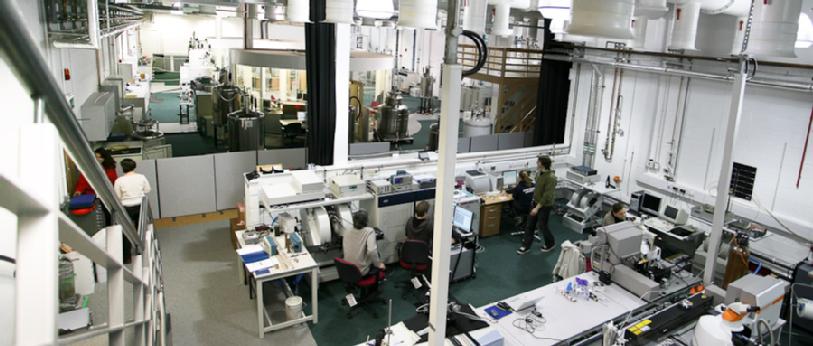Electron Paramagnetic Resonance
 EPR stands for "electron paramagnetic resonance" and is also often called "electron spin resonance" (ESR), or occasionally "electron magnetic resonance". This schizophrenia, coupled with the outdated EPR infrastructure found in many universities has limited the proliferation of this amazingly powerful technique over the last two decades. However, the tide has turned and recent developments in instrumentation have attracted many new researchers who are eager to exploit the technique in their chosen area of study.
EPR stands for "electron paramagnetic resonance" and is also often called "electron spin resonance" (ESR), or occasionally "electron magnetic resonance". This schizophrenia, coupled with the outdated EPR infrastructure found in many universities has limited the proliferation of this amazingly powerful technique over the last two decades. However, the tide has turned and recent developments in instrumentation have attracted many new researchers who are eager to exploit the technique in their chosen area of study.
EPR is a spectroscopic method employing magnetic fields and microwaves to study materials and molecules with unpaired electrons. It is based on the fact that electrons behave like small magnets and can be flipped in a magnetic field by microwaves.
A large number of materials have unpaired electrons, including imperfect solids and free radicals. Imperfect solids can be very useful, for example it is the introduction of impurities in silicon that gives rise to useful electronic properties and silicon chips. Free radicals are formed when bonds in molecules are broken, for example by light radiation, and these radicals can react with and disrupt the processes of living cells. Unpaired electrons play crucial roles in many processes such as photosynthesis, oxidation, catalysis, and polymerization reactions.
As a result EPR crosses several disciplines including: chemistry, physics, biology, materials science, medical science and many more.
EPR is successful in obtaining structural information, details of electron density distributions, and via the interaction of electrons with nuclei is an element specific probe exquisitely discriminatory to details of the atomic scale environment of the electron.
